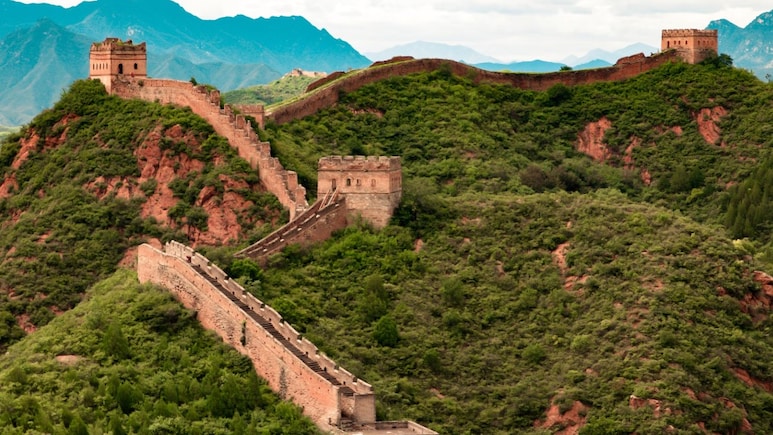Archaeological Discoveries in Shandong push back Great Wall Origin by 300 Years

Archaeologists in eastern China have uncovered evidence that some sections of the Great Wall are far older than historians initially believed Jinan Daily reports.
Recent studies now suggest the wall dates back about 300 years earlier than past estimates, reaching as far back as the Western Zhou Dynasty (1046–771 BCE). This stunning discovery, found in the Changqing district of Shandong province's capital, includes wall segments from China's Spring and Autumn Period (770–476 BCE)—a time when Confucius himself walked the earth.
Contrary to previous beliefs, the iconic structure was not a single, cohesive construction project, but rather a series of fortifications built across multiple dynasties.
Notably, the Great Wall was initially built to safeguard ancient China's northern borders against nomadic groups from the Eurasian Steppe. Historical records indicate that the construction of this UNESCO World Heritage monument spanned centuries, but extant documentation lacks specific details about its origins.
The recent archaeological discoveries have also provided significant insight into the advanced engineering capabilities of ancient China, particularly during the Warring States Period. The findings suggest that the Great Wall was extensively expanded to approximately 30 meters at its peak, specifically during the Qi State's reign.
Ancient texts corroborate this narrative, revealing that various sections of the wall underwent multiple phases of development, utilisation, and restoration. This complex history included periods of initial construction and expansion, followed by use and maintenance, and sometimes collapse and abandonment due to natural disasters or military conflicts. Despite these challenges, attempts were made at restoration and renovation, highlighting the perseverance of ancient Chinese engineers and labourers.
Researchers employed a comprehensive, multidisciplinary approach to date the sections of the Great Wall, incorporating various methods such as analysing traditional artefacts collected at the site, examining plant remains, and studying animal bones.
"We found buried sections of roads, house foundations, trenches, ash pits, and walls at the site," said Zhang Su, project leader from the Shandong Provincial Institute of Cultural Relics and Archaeology.
According to Mr Su, one exceptionally well-preserved section of the wall was constructed during the Warring States Period, spanning from 475 BC to 221 BC. This section is considered the best-preserved and has provided valuable insights into the wall's rich history.
This section is the "earliest known Great Wall in China", said Liu Zheng, a member of the Chinese Society of Cultural Relics.
